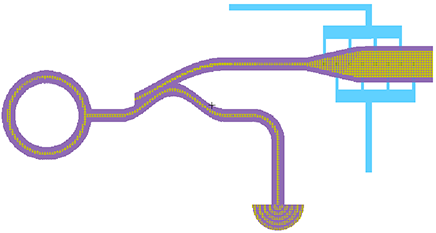7-6-3: The Photonics Technology |
7-6-3: The Photonics Technology |
The current Photonics technology is not complete, nor does it align with any real Photonics fabrication. Instead, it exists as a starting point for any real photonics work and demonstrates the power of Electric to handle unusual circuitry.

| Previous | Table of Contents | Next |